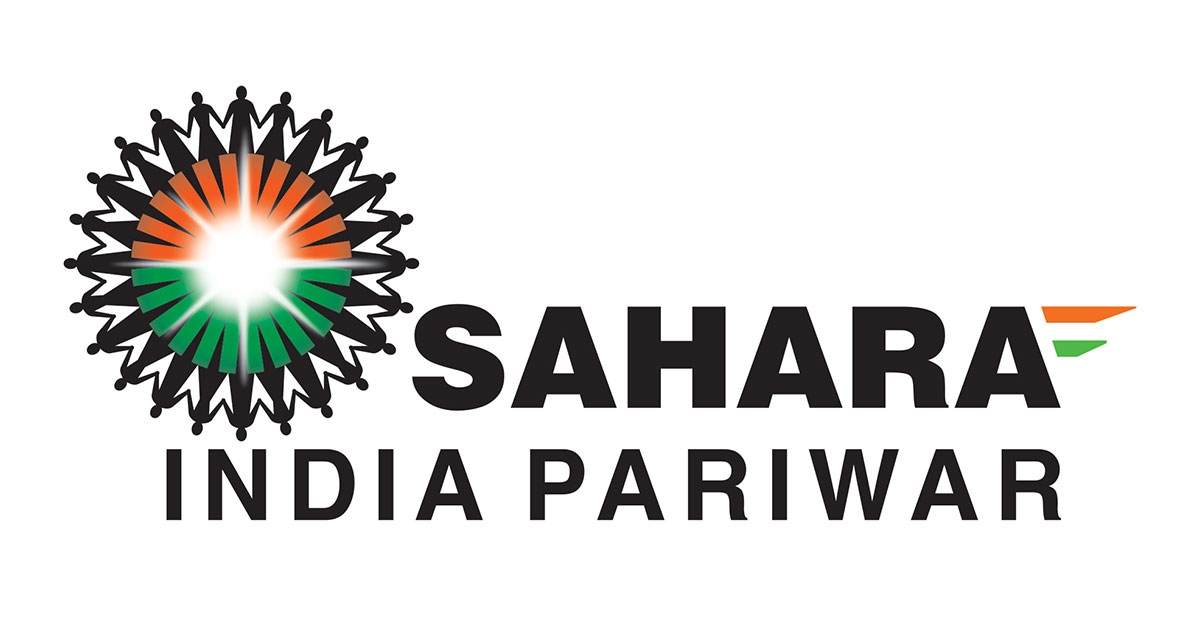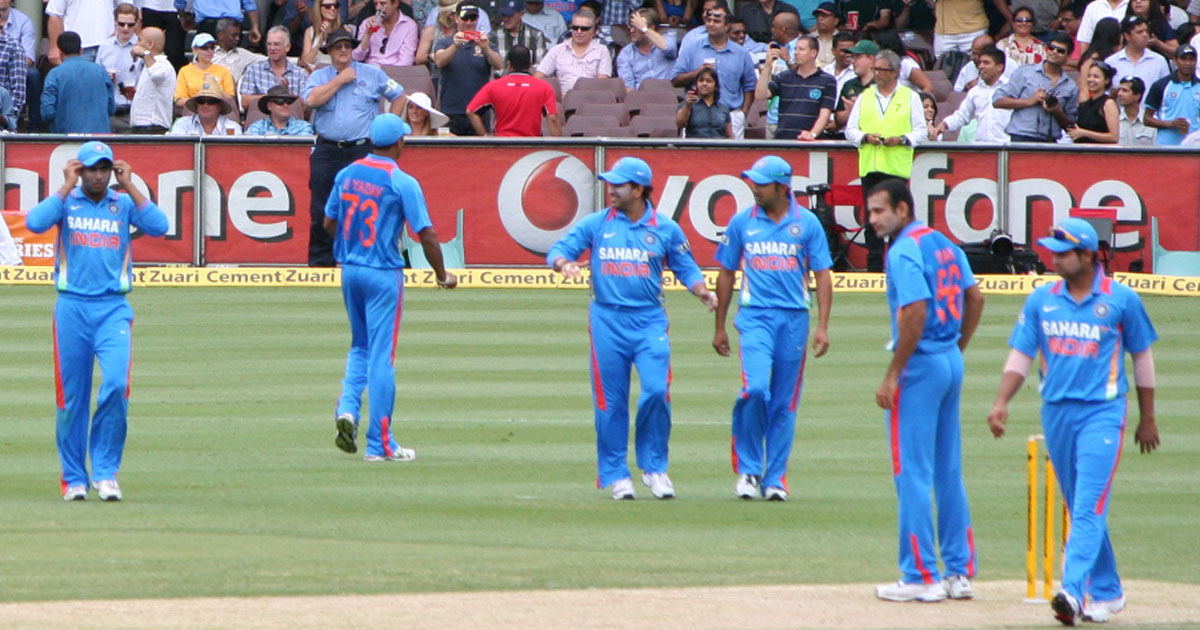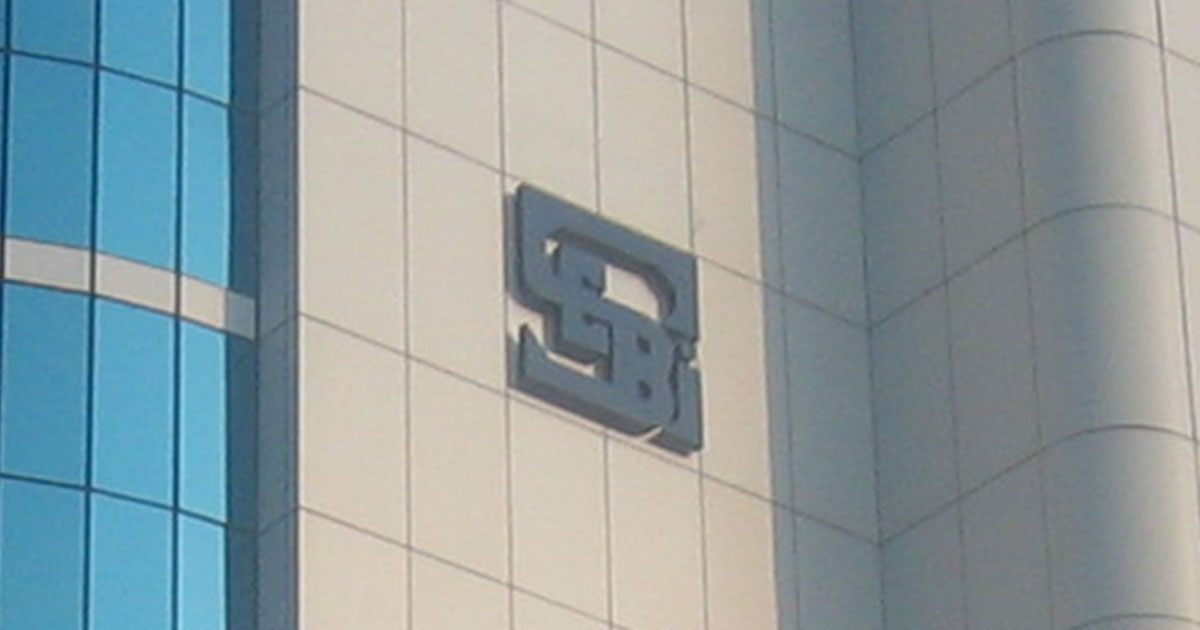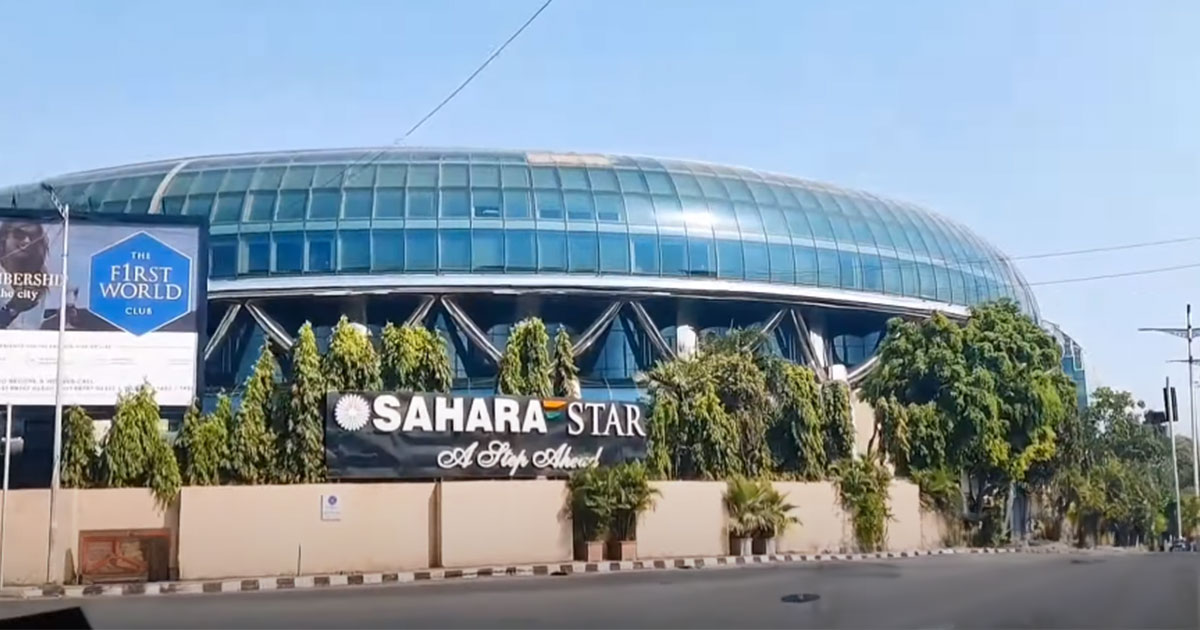The Sahara scam
By Aniket Gupta | 21 Nov 2023
.jpg)
If you have been following cricket since the early 2000s, like me, then I am sure you must remember Sahara written in all caps and in bold font in front of our Indian cricket team’s jerseys. Yes, that Sahara group, once branded as one of the biggest conglomerates in India, has since fallen into a web of controversies and legal battles with the Indian government.
Sahara India Pariwar is the brainchild of Subrata Roy, who liked to call himself ‘Saharashri’. Roy started the Sahara India Pariwar back in 1978.
In a time and age when all kinds of rackets are thought up and propagated to relieve unsuspecting common people of their hard-earned, or not-so-hard-earned, money, it’s useful to take a look at the Sahara story.
Early days
Subrata Roy was born to a Bengali family on 10 June 1948, in Araria district, in the state of Bihar. He had a decent education, completing his degree in mechanical engineering from the Government Technical Institute, Gorakhpur.
He then went on to start his first business venture in Gorakhpur, Uttar Pradesh.
In 1976, Roy joined a struggling chit fund company named Sahara Finance. Before long, he had taken it over and changed its financial model. In 1978, he renamed it Sahara India Pariwar.

After that, the group entered various fields, including finance and life insurance, building infrastructure and real estate, housing, sports, power, manufacturing, media and entertainment, healthcare, education, retail, and online/offline shopping.
It also makes electric vehicles, runs hospitals and hospitality operations, and creates artificial intelligence products. The group is a significant supporter of sports in India, having sponsored teams like the Indian cricket and hockey teams, as well as the Bangladesh cricket team and Force India Formula One team.

Sahara Group achieved a major milestone in 2004, when it was termed the second largest employer in India after the Indian Railways by Time magazine.
Amid all the success that Subrata Roy and the Sahara Group found, there was a phase when the group was surrounded by constant controversy, a legal battle, and, in the words of Roy, “a witch hunt”.
This article will explore how a group loved by millions of Indians scammed their own supporters of thousands of crores of rupees.
What was the scam?
Back in 2006, Sahara Group found itself in some financial trouble. It had a business model in which middle- and lower-middle-class people, mainly from rural India, would invest some money in its schemes and would get their money back after some time with some extra interest on it.
Roy had sold this dream to his target audience by pointing out that the middle class and lower middle class public do not have much savings, and by investing small-ticket amounts in Sahara, they could save more than before.
Unfortunately, Roy’s target audience soon reached a saturation point, and the number of investors in Sahara began dwindling. To tackle this, Subrata decided to launch an initial public offering (IPO) for his company.
This proved to be a fatal error.
In order to launch an IPO, a company must prepare a draft red herring prospectus (DRHP), which basically means a detailed resume of the company that contains detailed financial reportage of its operations. Sahara Group prepared such a document and submitted it to the Securities and Exchange Board of India (SEBI), the capital market regulator of India, for scrutiny.

SEBI found some financial discrepancies in two of the companies controlled by the Sahara Group– Sahara India Real Estate Corporation (SIREC) and Sahara Housing Investment Corporation (SHIC). Both of these companies were headquartered in Lucknow, Uttar Pradesh.
In 2009, SEBI started to investigate these two companies and discovered some astonishing facts.
It found that these two businesses, SIREC and SHIC, had increased their capital pools by Rs. 4,000 and Rs. 32,300 crores, respectively, during a four-year time period, with no substantial proof of source of revenue growth. SEBI started to suspect illegal practices done by Sahara in order to increase their revenue.
The Sahara group floated a confusing fund-raising instrument called optionally fully convertible debentures (OFCDs), bypassing regulatory oversight. Optionally convertible bonds are financial tools that grant the holder the choice to convert the bonds into equity shares of the issuing company.
In Sahara's case, these bonds were ‘fully’ convertible, allowing the holder to convert them into equity shares at any point during the bond's tenure. The term ‘optional’ in the name signified that bondholders were not obliged to convert the bonds into shares. They could make a decision based on market conditions, the company's performance, and other relevant factors.
In the Sahara scam, the problem wasn’t really about the OFCDs themselves. The problem was that the companies were using these instruments to collect money without getting the necessary approvals from the regulators.
SEBI claimed that these companies broke the rules by not asking for permission to raise funds through OFCDs and not giving enough information to the people investing in them. Subrata Roy disagreed with SEBI’s authority and gave reasons for not asking for permission. Before selling the bonds, he said that he had already submitted the necessary documents to the Registrar of Companies (ROC). So he claimed that there was no fraud.
SEBI ordered Sahara to stop collecting money this way and return the funds to investors with interest. Roy, who was quite upset by this, took the matter to the Securities Appellate Tribunal (SAT) and later to the Supreme Court.
SEBI vs. Sahara
In August 2012, the Supreme Court sustained SEBI’s order and instructed the Sahara Group to pay their investors back with interest in three installments. This came as a massive blow to the Sahara group.
Despite clear instructions from the Supreme Court, the group only paid its first installment of Rs 5,120 crore. And it claimed that it had already paid the rest of the investors. When asked for proof of repayment, Sahara could not do so.
With Sahara continuing to comply with the order, the Supreme Court and SEBI started considering the case as a money laundering scandal. On 14 June 2012, which was the last hearing date, Sahara submitted financial reports up to the date of 31 April, 2012, to the court.
After examining the reports, the Supreme Court directed SEBI to freeze the bank accounts and various assets of SIREC and SHIC on 13 February 2013.
The court chose a receiver to sell these assets and recover money it owed to investors. The receiver sold some assets, but the proceeds were not enough to recover the whole amount owed to the investors.
In 2014, the Supreme Court surprised everyone by ordering the arrest of Subrata Roy, as he failed to present himself in court after repeated warnings. With his arrest, the confidence within the group started to crack.
In one weird situation, Sahara Group sent more than 100 trucks filled with documents containing investor information and money to SEBI's office in Mumbai. The trucks had police escorts and carried over 31,000 boxes of documents and cash amounting to up to Rs. 5,000 crore (around US$ 670 million).
The general public thought that Sahara was just trying to get attention and make people feel sorry for them. Sahara claimed that the documents proved they had already given back a lot of money to investors and followed SEBI’s rules. But SEBI stated that these documents didn’t matter for the case and rejected Sahara's claim.
In November 2017, the Enforcement Directorate charged the Sahara Group with money laundering.

Lack of claimants
Over the years, SEBI has urged investors to come forward and collect their money but has not been able to distribute it to all, as it has become very difficult to track each and every investor. This poor response has led government officials to consider an alternative approach: the transfer of the unclaimed amount to the Consolidated Fund of India, with a separate account designated for refunding investors who come forward at a later date.
Subrata Roy was granted his first bail in May 2017 after his mother passed away. After that, he was successful in getting bail extensions until his last breath. Subrata ‘Saharashri’ Roy passed away on 14 November, 2023, following a series of problems with his health.
As of 31 March 2023, the Sahara Group had given back Rs 25,163 crore to state-run banks. They have already handed out Rs 138 crore to 17,526 people with 48,326 accounts. Another Rs 5,000 crore has been sent to the Central Registrar of Cooperative Societies to pay the rightful dues of real depositors. The government has set up a special website to make it easier for Sahara depositors to get their refunds.
The legacy
Subrata Roy’s life will mostly be remembered for the controversies and legal issues he faced; but he and the Sahara Group have undoubtedly been one of the pillars of the Indian business sector.
The Sahara Group has contributed to some key humanitarian causes. In 2013, it played a vital role in supporting relief efforts in the flood-affected Uttarakhand region. The company reportedly supplied one lakh bottles of drinking water, packaged juice, food packets, candles, and matchboxes. It also deployed 25 medical health unit vans with doctors and free medicines. The group announced its commitment to contribute to the rehabilitation program by constructing 10,000 pre-fabricated houses.
Following the Kargil War in 1999, prime minister Atal Bihari Vajpayee commended Sahara India for its financial assistance to the 127 families of martyrs.

In 2021, Hotel Sahara Star in Mumbai collaborated with Feeding India as part of its corporate social responsibility (CSR) initiatives. The hotel actively contributes to feeding hungry individuals as a meaningful way to give back to the community.



















